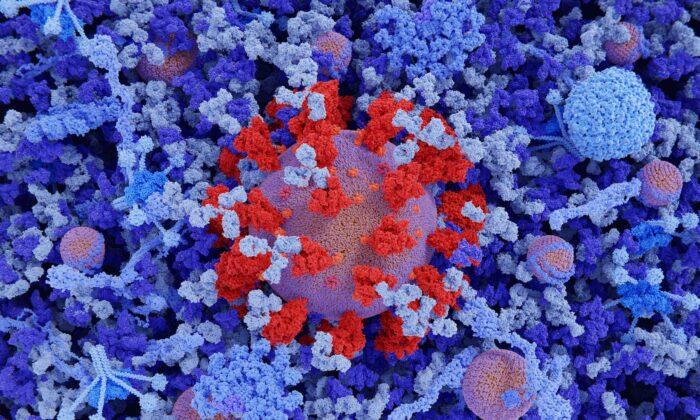Australian biotechnology company CSL reported strong growth in its blood plasma and iron deficiency businesses in the first half of the 2025 financial year.
However, weaker vaccine sales, owing to a drop in United States, weighed on overall performance.
The biopharmaceutical giant posted a net profit of US$2.01 billion (A$3.2 billion), a 7 percent increase from the previous year, as total revenue rose 5 percent to $8.48 billion.
CSL also announced an interim dividend of $1.30 per share, up 9 percent from last year.
Despite the challenges in its vaccine unit, CSL remains confident in its full-year outlook.
Chief Executive Paul McKenzie reaffirmed the company’s guidance, predicting profit growth of 10 percent to 13 percent for the financial year, driven by its blood plasma and iron deficiency businesses.
Vaccine Sales Decline as Immunisation Rates Drop
CSL’s vaccine unit, CSL Seqirus, which is a major provider of influenza vaccines, struggled in the first half due to a significant drop in immunisation rates, particularly in the United States.Revenue from the division fell 9 percent year-on-year to $1.66 billion (A$2.6 billion).
Sales of Fluad, CSL’s egg-based flu shot, dropped 17 percent to $829 million, while its next-generation cell-based vaccine, Flucelvax, saw a 12 percent decline to $468 million.
The company attributed the decline to lower flu vaccine uptake since the COVID-19 pandemic.
Blood Plasma and Iron Deficiency Units Drive Growth
In contrast, CSL Behring, the company’s largest division, performed strongly, with revenue rising 10 percent to $5.7 billion (A$9 billion).The growth was driven by robust demand for immunoglobulin products, which help treat immune disorders, and the accelerating uptake of CSL’s new gene therapy for haemophilia B, a rare blood clotting disorder.
The company’s iron deficiency and kidney disease business, CSL Vifor, also saw a positive turnaround.
Revenue in this segment increased by 6 percent to $1.08 billion, as the unit expanded its product offerings.
Analysts Weigh in on CSL’s Performance
CSL’s results received mixed reactions from analysts. RBC Capital Markets analyst Craig Wong-Pan said the company’s performance was weaker than expected.In conversation with Reuters, he raised questions of “how the company can achieve its FY25 NPATA guidance.”
Some investors noted that while net profit and dividends were slightly below expectations, CSL Behring’s strong performance and Vifor’s growth were key positives.
Despite the challenges, McKenzie remains confident that CSL’s core businesses will support earnings growth.
“CSL delivered a solid result for the first half of the 2025 financial year led by CSL Behring,” he said.
The company expects its full-year profit to reach between $3.2 billion and $3.3 billion, supported by continued strong sales in immunoglobulin products and improving results from Vifor.







